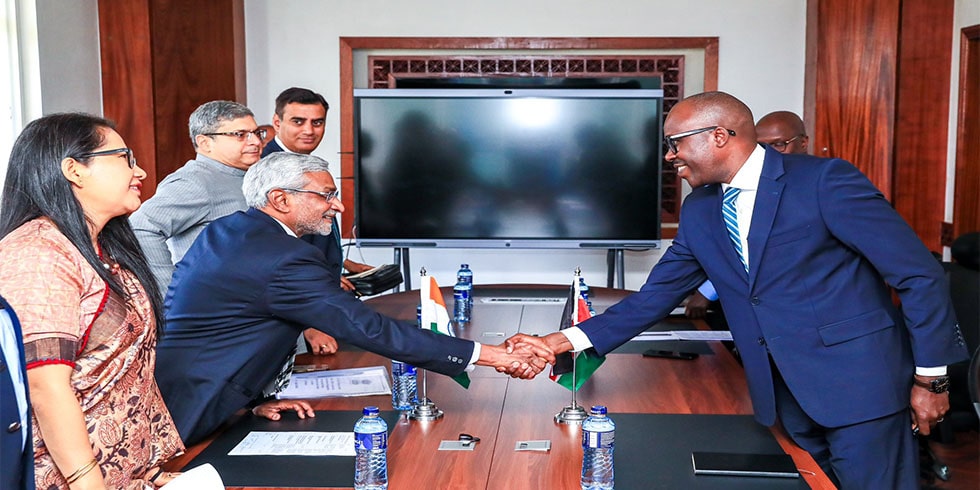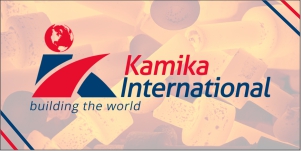Mumbai: Indian steel makers are tapping new markets, creating more value-added products and selling directly to clients as they try to export more to take advantage of a weaker rupee that is making Indian steel products more competitive in the global market.
India has traditionally exported only a miniscule portion of its 78 million tonne (mt) annual steel production. With the domestic market seeing lower demand, steel makers have made bigger inroads overseas and analysts are forecasting a substantial rise in exports this fiscal year.
“If we see the actual destinations where the stocks are going, India can cover nearly the entire world map,” said Prakash Duvvuri, head of research at metal and mining information website OreTeam. “Indian steel is in good demand, mainly due to its quality and competitive price.”
Duvvuri forecast a 25% jump year-on-year in steel exports at 6-7 mt in the year to March.
The rupee closed at Rs.63.495 to a dollar on Friday, a 13.39% fall from the beginning of 2013.
While steel companies said they had been selling steel at prevailing global prices, Duvvuri said 3-5% discounts were being offered on major orders.
One of the biggest gainers of the exports push is Essar Steel India Ltd with its port-based 10 mt steel plant in Hazira in Gujarat, where it also owns a bulk port to facilitate the import of raw materials and export of steel.
“There are three or four interesting opportunities that are emerging. One of them is Iraq where there is bound to be focus on infrastructure growth,” said Alok Gupta, president, sales and marketing, at Essar Steel. “The second market is the oil and gas segment. We are now approved by GASCO (Abu Dhabi Gas Industries Ltd). We are in the process of getting all the critical approvals and, therefore, one of the markets we are very focused on is the API (American Petroleum Institute) market for oil and gas.”
API provides standards for steel products that are used in the hydrocarbons industry.
Essar Steel is aiming to increase its exports by 20-25% this fiscal year from 1.1 mt in the year-ago period.
“Although steel demand is generally subdued in most major markets, some products have a relatively good demand in some countries,” said C.S. Verma, chairman of Steel Authority of India Ltd (SAIL). The state-owned firm is aiming to almost double its exports this fiscal year to 700,000 tonnes. Worldwide, hot-rolled steels, plates, cold-rolled coils and galvanized steels constitute the bulk of the products traded, according to Verma.
India’s GDP is seen growing at 5.3% in 2013-14 from the actual growth of 5% in the preceding fiscal year. For the steel industry, where growth mirrors GDP, this means fiscal year 2014 may be another year of muted local demand. Export markets, therefore, may provide some comfort, despite the competition from Chinese and Taiwanese steel makers.
Moreover, the weak Indian currency has also raised the cost of importing coking coal for steel companies, and exports are helping clear some inventory that has resulted from the big capacity expansions.
Steel makers said the mantra for success in the exports market, other than new segments (such as Iraq and oil and gas), is value-added steel that fetches higher margins and direct contact with buyers that ensures stickiness.
“Fifty per cent of our exports go directly to customers and the rest goes to trading houses that buy from us and sell to users,” said Jayant Acharya, director, commercial and marketing, JSW Steel Ltd.
JSW Steel, with clients in 90 countries, expects to export more than 3 mt of steel in this fiscal year from a total targeted sale of 11.55 mt, Acharya said.
Current international prices of steel range from $570-$580 a tonne, higher than $525 last year in September, according to Gupta of Essar Steel. Value-added steel, he said, fetched 1.5 times more on base steel prices and, therefore, the company is exporting more of these.
While India’s traditional steel markets have been in the neighbourhood—Sri Lanka, Middle East and Far-East Asia—the new markets have stretched up to Australia and Central America, Essar’s Gupta said.
“Our focus is to own the last mile by building a relationship with the end user,” Gupta said, underscoring the strategy to reduce dependence on agents.
While the move to increase exports is a good one, it may not necessarily lead to a significant boost in the net profit of the companies, said an analyst at Centrum Broking Ltd.
“The rupee’s depreciation has helped exports, but costs have also been increasing because coking coal is imported. Plus globally, steel prices have been under pressure,” said Abhisar Jain, vice-president, institutional research at Centrum Broking. “Steel export is an opportunistic kind of a trade at this time…it may have a mitigating impact on volumes (inventories).”
SAIL said the bigger role of the exports was to hedge the company against the volatility of the currency.
“Exports’ contribution in terms of turnover was 2.4% of total turnover of SAIL during 2012-13. Based on the export plan for the current year, this is likely to go up to more than 4% of our turnover during 2013-14,” SAIL’s Verma said. “Keeping in view the weak rupee, and our exposure to imports of coal, higher export turnover is likely to insulate us better from the vagaries of currency volatility.”
Steel exports get push from weaker rupee, new markets










Add Comment